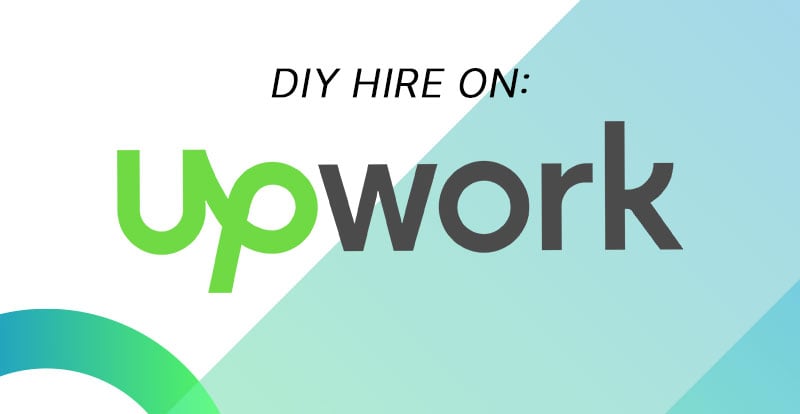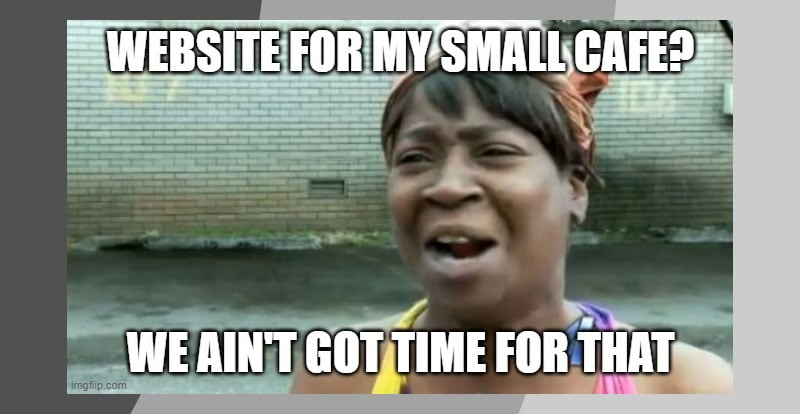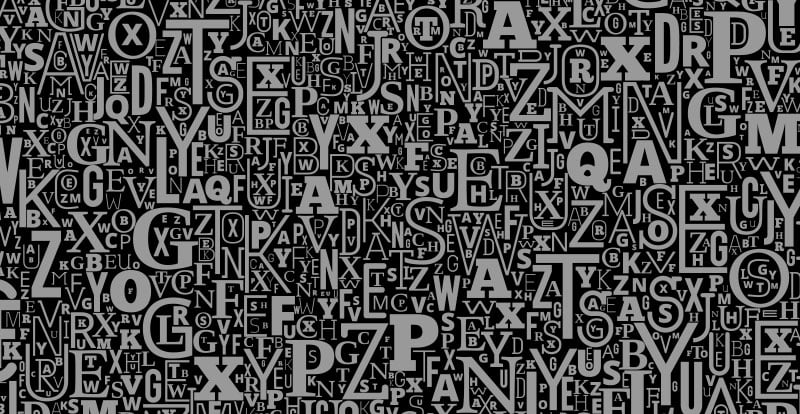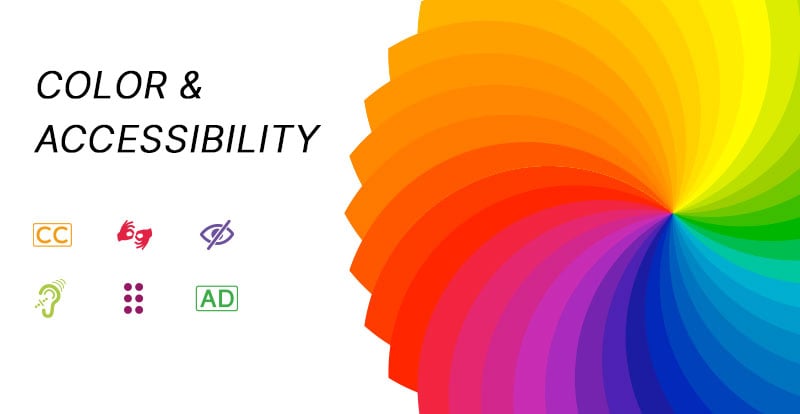Before I go into the meat of this article, let me just clear up some things so you understand why I’m writing about something that could take away business from me.
- We use Upwork designers on occasion. They’re great.
- You can get designs for much cheaper on there if you go this route.
- You get direct access to the designer.
- I want the best for you, so I’m going to suggest the best possible option(s) for you.
- Hiring and getting a successful result through Upwork is a skillset of its own.
Anyway, on to the article:
A website is an extension of a brand, not just a home for the “Add to Cart” button. It can teach consumers about your company, your products, and point them to how and why they should get those same products. Having a well-designed website doesn’t just mean eye-catching photography on a simplified web page, it means having features and content that users want. The best way to get that well-designed website is to find a great designer to build it. Finding that designer is no easy task. Well, unless you use Upwork.
It’s not always easy to connect with the exact designer, copywriter, or developer without an extensive search. Upwork makes that search a lot easier. It’s a platform where independent professionals and freelancers can connect with businesses, agencies, and clients looking to hire them. It has a detailed system with profiles for both the businesses and the freelancers. Users can see reviews, experiences, and more with a simple click. Now that desired designer isn’t just a dream, it’s a selection after you’ve been presented with dozens of qualified applicants.
So, now that you’ve got a handful of great candidates it’s time to make a decision, right? Wrong.
Choosing a full-service web designer can be a big step forward, but it requires quite a bit of work to make the right choice. To choose the best comprehensive option for your business or website, let’s go over the best process step-by-step.
Understanding Your Needs
Before you choose a designer, you need to know about what’s going to be designed. Before your make any hires, you need to determine what exactly that project is, its scope, and the details about its execution. DNS, web hosting options, domain registration, design templates - these are all details that can and should be researched before the hiring process.
If you’re not sure, maybe you need to do more research or hire someone on Upwork to help you plan.
Once you have a clear vision, you’ll have a much better idea of what your website will look like and what to expect from any designers. In turn, when interviewing candidates on the subject, you’ll be able to adequately articulate the expectations and goals involved with the project.
Finding The Right Talent
Finding talent on Upwork isn’t easy, but it is simple. Users create job postings that, depending on the scope and pay, could receive hundreds of applications in a matter of hours. There are over 18 million freelancers on the platform, chances are there are more than a few who are willing to tackle your endeavor.
To get the best candidates, your job posting needs to be personalized, specific, and ultimately welcoming. There’s no reason to intimidate designers before they’ve even heard about your project, so write a clear and concise listing that answers questions instead of infuriatingly creating more. Explain the timeline and expectations you have in mind for candidates and there won’t be any surprises later down the line.
At this point, you need to establish the specifications to ensure you’re getting a designer with the right knowledge base. Define the platforms, languages, and design choices that will be used on the project. That way you’ll avoid falling in love with candidates who don’t have anywhere near the experience your site needs to succeed.
It’s ok to use ChatGPT to help you write this. Ask it to include things you might not be thinking about.
Just remember: be as clear and detailed as you can with everything. You only get as much out of this as you put in.
Posting the Job
Once you have the job description and you’ve clicked that “Post a Job” button, Upwork has a few questions for you. Here is how we generally look at it – we’re using a simple website design as an example job:
- Job Title – we make this short and sweet with only the most important details here.
- “Web designer for a dentist”
- Skills – Upwork will suggest skills as you type. Be sure to only choose the ones you’re absolutely sure are relevant. Unrelated skills chosen here could mess up the applicant targeting or set incorrect expectation. But, I wouldn’t worry too much about this as it will be sorted when you chat with your hire.
- Scope – This is up to you. We usually do short and medium. We’re honestly not sure how this impacts anything.
- How long will it take – usually 1-3 months
- Experience level – This is the level of experience your applicants need to have. I would never go with entry level. Experts will be the best but intermediate can work just fine. Obviously, Experts are more expensive. Also, people can lie about their experience so be sure to vet them.
- Location – this is where you’d like your applicants to be from. This impacts a lot of things from the languages they speak to how much they cost. This is something you’d need to weigh and it depends on the projects. For simple design and data entry jobs, we choose Worldwide. If it’s a project where we need 1-on-1 time with the designer who will need to understand and take action on advanced concepts, then we go with US only.
- Budget – We typically choose hourly and choose “Not ready to set an hourly rate”. The freelancers can propose their own rate and you can ask how many hours if would take them. You can do the same with the fixed amount and they can propose the same way. This way, you get a real market rate.
- Job description – This is from the previous section. Make sure it’s detailed!
- Post it!
The Selection Process
So you’ve let the pile of candidates grow to the point where you have some good choices. Now, it’s time to narrow down the field. Remember those metrics mentioned earlier? They still matter, but now you need to see who checks all of your boxes. One candidate may have great reviews from past clients but doesn’t appear to have experience with the web host you’re using. Another could have experience with that web host, with a robust portfolio, but may never have worked for a client on Upwork before.
Take the time to determine the criteria that matter to you, create priority levels for each one, and choose the candidates who check the most boxes. Once you have your list of top candidates, it’s time to invite them to interview.
Do not stop at 1 – interview 3 people!
With the scope of your project, you’ll want to know that you can collaborate and ultimately work with the designer you hire. An interview, even a short one, can give you insight into a designer’s personality and work ethic. Those details should also be visible in their portfolio, which you should have reviewed before the interview.
Not everyone has worked for big-name clients, but that shouldn’t say anything about the quality of their work. Look at their portfolio with an open mind, analyze the quality and thought process behind design architecture, and see if any of that past work applies to your project.
Budgeting and Cost Expectations
There are a number of factors that could determine your budgeting for an Upwork hire. First of all, Upwork isn’t free. You’ll pay a Marketplace fee for paying your freelancer and they’ll cough up about 10-20% of that fee to Upwork. That being said, it’s ultimately worth it to have a system in place that promotes fair contracts and collaboration, which is exactly what Upwork does.
When determining the offer you should make, make a note about every relevant detail. How complex or time-consuming the project will be is just as important as the experience level and location of your potential designer. Many businesses use Upwork to hire freelancers who are overseas. This does save on some costs, but it can have its issues when it comes to time zones and language.
If your benchmark is a few thousand dollars, make sure the designer who is receiving that offer is worth it. Flexibility, experience, and communication are all details you need to be looking at before choosing the size of your offer.
Finalizing The Hire
Once you’ve decided what your priorities are, and the pay you’re willing to offer, you can start to finalize the hire. Make sure to include important details on availability, timelines, and pay. This is a negotiation, and there may be instances where you and your favorite candidate aren’t even in the same state, let alone ballpark.
That’s not a dead end, it’s an opportunity to test out everyone’s communication skills. Ensure they’re heard and give them an offer with fair, negotiated terms. This will speak volumes to your own flexibility as a client and will invite even more loyalty and goodwill from your designer. Another detail to include is an opportunity for revisions. They should be factored into the fee and will allow you to tweak or optimize certain design choices along the way.
Now, you can establish milestones and benchmarks for the work. Deliverables should be on a schedule, not left to the whim of the designer, so lay out a simplified calendar by which they’ll create the work. Then, those milestones will be easier for both the designer and the client to track and stay on top of. No one is wondering where a certain deliverable is when a content calendar is created and followed. With clear communication between the client and designer, both will remain regularly updated and everyone will avoid unnecessary surprises.
Ensuring a Successful Collaboration
Now that collaboration has begun, it’s an effort to make sure it goes swimmingly. Your designer wants to know how they’re doing, and you should feel the same. Cultivate a feedback loop where you can exchange comments with your designers. The collaboration becomes much smoother when both sides can speak freely about the work and the partnership. It’s also important to respect their availability and the process as a whole.
This is a freelancer, not an employee, and you need to treat them as such. Don’t expect instant replies, instead respect the message and milestone process and everything will work out just fine - most of the time. Just make sure you hire the right person!
Ensure that you’re listening to them just as much as they’re listening to you. If you did your job right, this an experienced individual, and if they have feedback on your design choices you better listen! Chances are they’ve offered that same advice to clients in the past, so make sure you’re one of the few who listens to it. Ask for insight into choices or decisions. Anyone with experience can explain their decisions, even if you’re prepared to disagree with them, so make sure they’re heard so you can simply better understand.
When it comes to revising the final product, be as clear as you were with the initial project’s goals and scope. Let them know what needs to be fixed, what needs to be changed, and what decisions you might have changed your mind about along the way. Remain patient and the handover will go smoothly.
Ensure that you receive everything you need to continue the work and, now that it’s all over, you can end the contract! Sometimes, keeping that freelancer on contract can be a huge asset. You get an experienced designer to message about issues and they get a client that continues to give them to work.
Considering you get a completed and maintained website out of it, what’s not to like?



